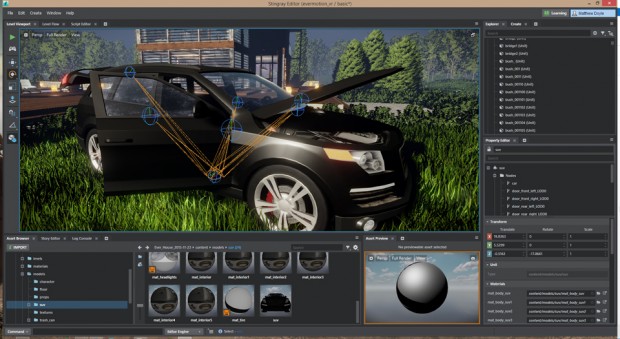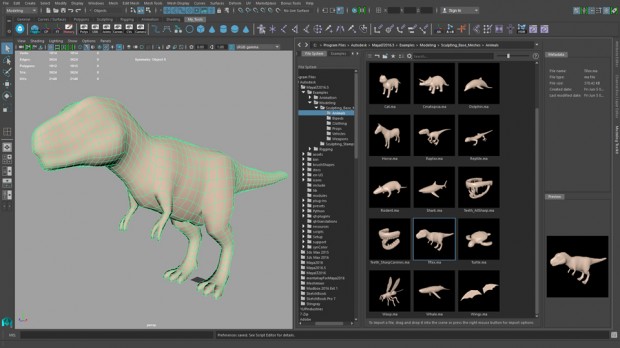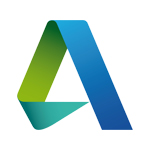Autodesk is keeping up with the evolving game development landscape by advancing its toolset for indie game makers with innovative updates to its Stingray game engine and Maya LT 2016 3D animation and modeling software, debuting this week at GDC in San Francisco.
Stingray v1.2 (available to subscribers now for $30 per month) adds support for new virtual reality platforms and faster turnaround for common tasks within the engine. Maya LT Extension 3 (available April 18), coupled with Stingray v1.2, integrates several modeling, UV creation, rigging and animation improvements, and boasts an updated exporter to simplify 3D character creation.
Stingray v1.2 Highlights:
– Expanded VR Support: Compatibility with the HTC Vive VR platform and Oculus Rift SDK v0.8
– Multi-core Compilation: Faster project and asset import with multi-CPU compiling
– Workflow Improvements: Entity support in story enables the shading environment to be animated with global illumination, fog, depth of field and more; a unit component editing tool moves, rotates or scales and animates sub-components of units; improved UI flexibility helps snap, move, or maximize/minimize Stingray tools independently of each other and use multiple monitors in development; and rendered outline highlights make it easier to find lost objects within large scenes.

Maya LT 2016 Extension 3 Highlights:
– Rigging Advances: New quick rig tool allows for the automated creation and placement of bipedal character rigs, while HumanIK support for up to five roll bones per limbs distributes model deformations during an animation.
– Improved Modeling and UV Toolsets: New shape authoring toolset and shape editor as well as blendshape deformer and sculpting enhancements; a robust mesh mirroring command and expanded tool symmetry; a new brush-based Symmetrize UV Tool, multi-object support for Unfold and improved layout and auto-seam features; and poly modeling enhancements.
– Updated Game Exporter: Users can now select objects in the viewport, create a named set with a single click and view it in the game exporter as an object to be exported; click-drag workflow facilitates scrolling through key frames in animations to choose the clip’s start and end times.

Throughout GDC, Autodesk will host a series of developer sessions and present Stingray demos. Scheduled are: “Eidos-Montreal’s Narrative Driven Experiences” (March 16, 12:30-1:30 p.m., West Hall Rm. 2014); “Technical Intro to Autodesk’s Stingray Game Engine” (March 16, 3:30-4:30 p.m., West Hall Rm. 3022); “Post Mortem: Warhammer: The End Times – Vermintide” (March 17, 11:30 a.m.-12:30 p.m., West Hall Rm. 2014); “Building VR Experiences in the Autodesk Stingray Game Engine” (March 17, 4-5 p.m., West Hall Rm. 3022).
Visit area.autodesk.com/gdc2016 for more details about Stingray, Maya LT and Autodesk’s GDC plans.




 Win a Funko X Lilo & Stitch Prize Pack!
Win a Funko X Lilo & Stitch Prize Pack! 
